In the wake of the recent tragedy in Japan, Southern Californians have been hyper alert to any news regarding dangerous levels of nuclear radiation drifting over from Fukushima. At this time, official statements from the California Department of Public Health and the EPA are assuaging the population that there is nothing to fear. While there has been some detection of radiation in the air, the current levels recorded are "thousands of times below any conservative level of concern". But despite these reassurances, according to the LA Times, this hasn't prevented potassium iodide pills from selling out at numerous health stores (even though public officials have issued a warning that the pills are unnecessary and could even be harmful).
If the current levels are indeed 1,000 times below any reasonable level of concern, how do these amounts compare to the levels we knowingly (and unknowingly) absorb in everyday situations? Everyday medical practices could be just as high—or higher—as the current detection, but an x-ray patient doesn't beeline over to Whole Foods to buy potassium iodide pills. Thanks to Randall Munroe—creator of web comic xkcd, programmer and ex-NASA roboticist—we have a rough answer. Munroe used the following sources to compile a radiation dose infographic that sheds some light on the varying intensities of radiation emitted from pretty common, everyday occurrences.
Before you check out the stats below, here's some necessary precursory info: The unit for one absorbed dose of radiation is referred to as a "sievert" (Sv). It measures the effect a dose of radiation has on the cells on the body. To read the measurements, you must understand that the sievert units are broken down into even smaller measurements: the millisievert (1 mSv = 10-3 Sv = 0.001 Sv) and the microsievert (1 µSv = 10-6 Sv = 0.000001 Sv).
For scale, Munroe says: "1 Sievert will make you sick, many more will kill you, however, even small doses cumulatively increase cancer risk." (FYI, all humans safely absorb small amounts daily.) Here are a range of Munroe's stats pulled to demonstrate the varying proportional degrees of danger—daily actions next to common medical practices next to Fukushima, and finally, compared to Chernobyle:
- You absorb 0.05 microsieverts just by sleeping next to someone.
- You absorb 0.1 microsieverts every time you eat a banana (many foods are naturally radioactive, and bananas are especially so, due to the radioactive potassium-40 they possess).
- You absorb 5 microsieverts whenever you get a dental or hand x-ray.
- You absorb 40 microsieverts on a flight from NYC to LA.
- You absorb 3 millisieverts from a mammogram.
- The Japanese absorbed just slightly more than a mammogram (3.6 millisieverts) in a one day period at two sites 50 km NW of Fukushima on 3/16 and 3/17. Other areas near Fukushima saw barely-elevated doses.
- You absorb 5.8 millisieverts in a chest CT scan.
- US radiation workers absorb 50 millisieverts in one year.
- The lowest one-year dose linked to increased cancer risk is 100 millisieverts.
Finally, 1000 millisieverts = 1 sievert. With this in mind…
- It takes 8 sieverts to cause a fatality.
- 10 minutes next to the Chernobyl reactor core after the explosion and meltdown resulted in 50 sieverts.
The data infers Angelenos have nothing to worry about, and as the whole world hopes and wishes, Japan may be safe as well. Cross sections from the chart below, view the enlarged version in its entirety here.
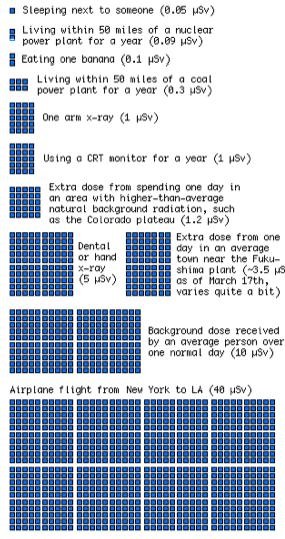


Warnings
- Munroe says: "Keep in mind that I am not a radiation expert, and this chart is intended for general public informational use only."
Just updated your iPhone? You'll find new emoji, enhanced security, podcast transcripts, Apple Cash virtual numbers, and other useful features. There are even new additions hidden within Safari. Find out what's new and changed on your iPhone with the iOS 17.4 update.
SOURCE xkcd



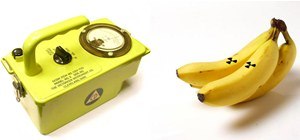


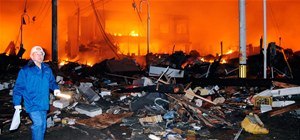
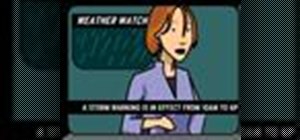

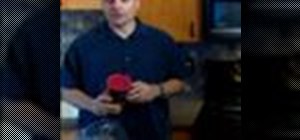
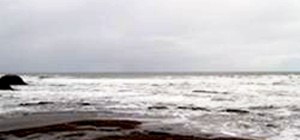

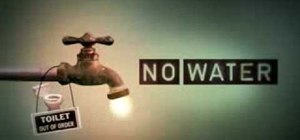
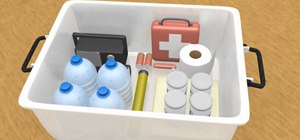




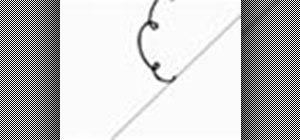

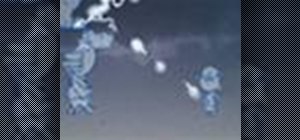
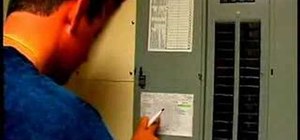

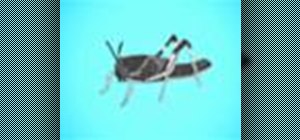

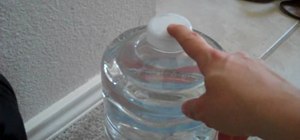


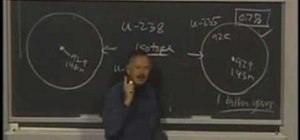
3 Comments
There is a mistake in the sentence "Finally, 100 millisieverts = 1 sievert. With this in mind…"
1 sievert = 1000 milisieverts, not 100 milisieverts, according to SI units, 1mSv = 10-3 Sv, etc.
Good eye. This has been corrected.
thank you.
Share Your Thoughts